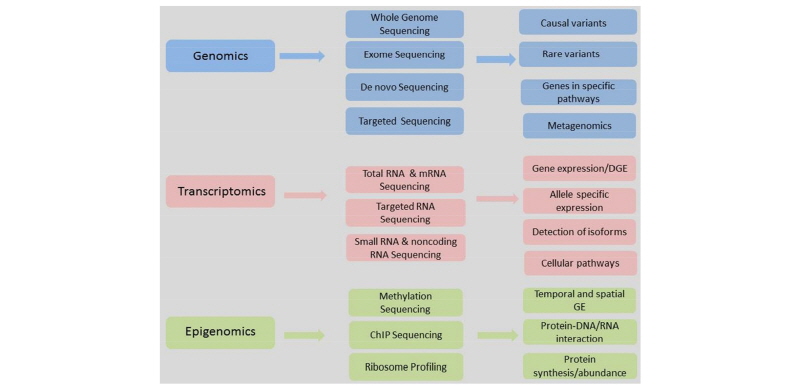Abstract
Technological advances in molecular biology during the last decade have opened up possibilities to rapidly and accurately generate large-scale sequencing data from non-model organisms at an affordable cost. Next generation sequencing (NGS) had led us to a better understanding of genome organization, structure, function and evolution in livestock animals. NGS provides a high resolution view of the DNA/RNA sequence which is a distinct advantage over other methods. NGS is a first step toward understanding the genetic mechanisms of an animal’s functions and its interaction with the environment. It has been utilized widely now to study complex traits in different species. NGS is expected to bring down the overall cost of the animal production, increase the yield, improve the quality of meat and milk, provide better disease resistance and improve reproductive health of livestock. In this paper we review the applications of NGS in livestock animals.
Acknowledgements
This work was supported by project number PJ01098901. Funders had no role in design of the study or in writing of the manuscript.
Figures & Tables

Different types of sequencing and their use in genomics, transcriptomics and epigenomics.


